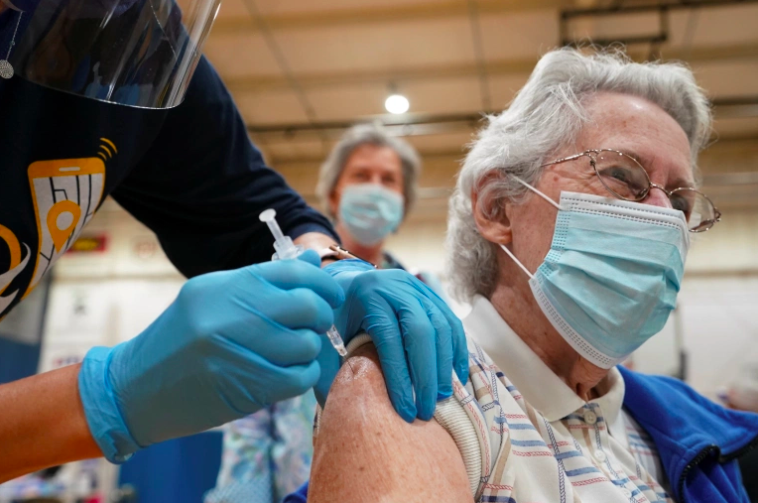According to the United Nations High Commissioner for Refugees (UNHCR), over one million Somali citizens are currently displaced. Rainfall last fell upon the land two years ago in Somalia, bringing famine, drought, and starvation. This has plagued the land of Somalia, causing people to flee for their safety.
In the next few months, the number of people affected by this is expected to increase between five to seven million, about 41% of Somalia’s population (The Guardian). Everyday, people are fleeing due to the absence of water and food in their villages. Somali citizens last faced a famine in 2011. By the time it was officially categorized as a famine, 100,000+ people had already died, and 260,000+ people had died by the time the famine had ended. Now, the people of Somalia are faced with a famine, with little aid being provided to them.
East Africa is the most affected drought region in the world. Specifically, in Somalia, the past five rain seasons have failed. Rainy seasons are months that expect significant amounts of rain to fall July through August and October through the end of November. The next two rain seasons are projected to fail as well, meaning that there would be little to no rainfall within the next year. If Somalia does experience rainfall, it would quickly evaporate and leave only small amounts for drinking and farming. This leaves people with no other options but to stay and die, or leave in hopes of finding aid. People who decide to flee are just as unlucky as the people who stay behind. These families who flee still experience water and food scarcities, and a lack of healthcare. No matter how far these people are traveling, the drought is everywhere.
Climate change is a key factor in this drought. With rising temperatures, areas in East Africa are facing extremely high temperatures and little rainfall. Climate change is not the only factor contributing to this drought, though. Russia’s invasion of Ukraine has also played a role in this crisis, as it limits grain delivery and necessary aid to Somalia. In addition to this, al-Shabaab (a militant and terrorist group) has been known to limit aid that enters Somalia. They also have used fear mongering tactics to prevent people who had fled to re-enter the country, threatening them with violent methods.
The UNHCR has established that it would take around $9.5 million dollars to help the displaced communities in Somalia. Although this is a high number, it is imperative in helping to aid the crisis that plagues the Somalian population. If action is not taken, families will continue to suffer and it will only get worse.


